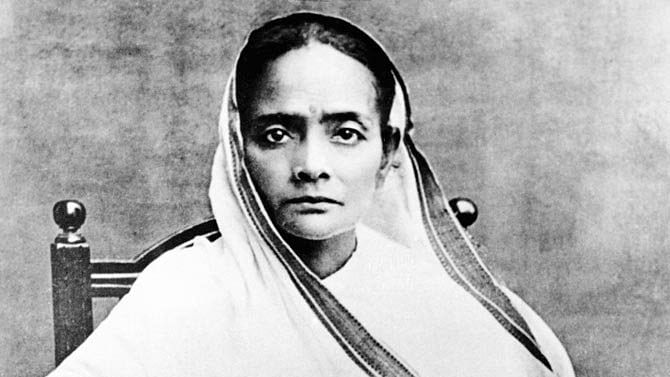The Uttarakhand Uniform Civil Code effectively imposes the Hindu Marriage Act 1955 and the Hindu Succession Act 1956 on the state’s Muslim and Christian communities, erasing their respective religious personal laws. Such an attempt to enforce majoritarian laws on the personal customs of minorities is not new. In fact, it was this very issue that prompted Kasturba Gandhi to join and lead her first Satyagraha in South Africa in 1913.
On 14 March 1913, a judgment by Justice Malcolm Searle of the colonial Cape Provincial Division of Supreme Court effectively invalidated all marriages that did not occur in South Africa. As an exception, the court stated that marriages performed outside South Africa would be valid if they were solemnised according to Christian rites. The judgment in Esop v. Minister of the Interior (1913) declared that ‘the courts have always set their faces against recognition of these so-called Mohammedan marriages as legal unions’, emphasising that marriages ‘fundamentally opposed to their principles’ shall not be recognised, thus implying that the basis of valid marriages should be the Christian faith.
MK Gandhi, in his book Satyagraha in South Africa, writes that the judgment was ‘terrible’ and degraded women “to the rank of concubines” with no inheritance rights for their heirs. Gandhi further wrote that since there was never a formal “registration of ordinary marriages” in India, religious ceremonies were relied upon to solemnise marriages. He argued that the same must apply to Indians in South Africa and their customs and practices “must not be called to question.”
The judgment deeply agitated the Indians in South Africa and led to the 1913 revival of the Satyagraha. Their demand, among other things, was to legalise marriages performed according to non-Christian rites. The Satyagrahis in South Africa protested against the court’s ruling. But it was not just MK Gandhi who led the satyagraha.
Question of women’s honour
Kasturba Gandhi, agitated and appalled by the de-recognition of her own marriage, led a protest that resulted in her imprisonment for three months along with four other women who joined the fight. The Kasturba-led movement sought recognition for marriages that neither occurred in the land of South Africa nor followed Christian rites. This marked the first time when Kasturba and other women joined a political fight, viewing it as a matter of ‘their honour.’
The circumstances that led Kasturba to join the Satyagraha are instructive. When Gandhi informed her about the judgment, she immediately grasped its implications. She told Gandhi that according to the laws of South Africa, she was not recognised as his wife and that she wanted to leave the country if it did not acknowledge their marriage. Gandhi responded that leaving would not resolve the issue and that doing so would be “cowardly”. Undeterred, Kasturba decided that if she couldn’t leave the territory, she would join the struggle, as it was a question of the sanctity of marriage and the difficulties associated with it. Despite Gandhi’s belief that resisting and facing imprisonment wouldn’t be easy, many women joined the movement after Kasturba’s involvement. It was the first time Kasturba had engaged in political activism, and it later paved the way for her efforts in the Indian Independence movement.
Along with three women and eight men, Kasturba crossed state borders to urge mine workers to strike and join the movement. They were caught and sentenced to three months’ hard labour. However, this did not deter the movement and more women joined. Kasturba suffered greatly in Maritzburg prison. When she was released, her condition shocked everyone.
The Satyagraha ultimately led to the Smuts-Gandhi Agreement, which recognised marriages performed outside South Africa, although polygamous marriages were still not acknowledged. Gandhi viewed it as a limited but significant step forward.
What deeply offended Kasturba and prompted her political action was not merely the disregard for the intricacies of Shastric Hindu law by Justice Searle but rather the affront to her dignity as a married woman that she perceived in the judgment.
Similar to the Uttarakhand UCC, the Esop judgment was supremacist and demeaning to the customs and practices of minorities. Matters of personal law and custom, while not always necessarily beneficial for women, also hold deep significance for them in terms of their personal and spiritual lives. Any effort to reform personal laws to protect women’s rights must take this meaning into account. Unfortunately, the Uttarakhand UCC Bill takes the same approach as the high-handed and racist judicial system of colonial South Africa.
Alok Prasanna Kumar and Varini G are with the Vidhi Centre for Legal Policy. Views are personal.
(Edited by Ratan Priya)



